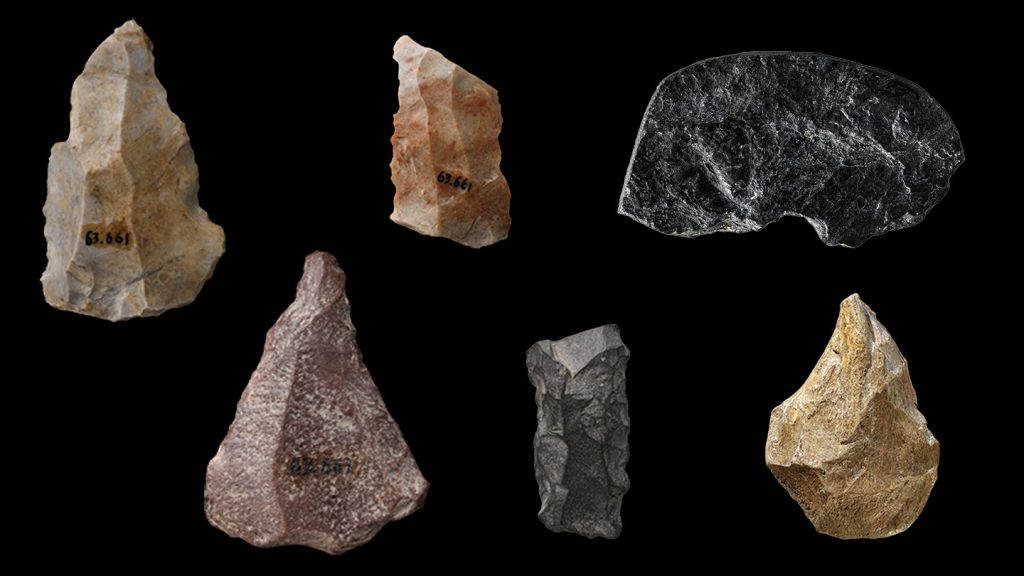More than 50 years ago, Chinese researchers discovered a variety of artifacts at the Shiyu site overlooking the Shiyu River in northern China. These artifacts included stone implements, horse and gazelle bones, a chiseled bone, and a piece of graphite resembling a large button. The bone fragment was identified as part of a Homo sapiens braincase, deepening the mystery of the site.
A recent reevaluation of the Shiyu site by Chinese scientists proposes that the artifacts found there represent the oldest evidence of Homo sapiens in northeast Asia. The artifacts indicate a transition to the Initial Upper Paleolithic culture, associated with Homo sapiens. Around 45,000 years ago, Homo sapiens groups are believed to have migrated to the Shiyu area from Siberia and Mongolia.
The Shiyu site shows signs of cultural hybridization with local groups, potentially Neandertals or Denisovans. The artifacts found suggest that Homo sapiens adapted to local circumstances by combining their own toolmaking practices with those of the native population. This blending resulted in a mix of stone tools and other artifacts, indicating interaction and cultural exchange.
The artifacts at Shiyu resemble those found at other sites representing the Initial Upper Paleolithic culture in the Middle East. These discoveries, including stone blades, points, and symbolic objects, have been linked with the migration of Homo sapiens into Eurasia between 60,000 and 30,000 years ago. The presence of similar artifacts in northeast China suggests cultural connections and migrations.
Research on IUP artifacts from sites in the Middle East, Europe, and Asia has indicated that these tools were likely made by Homo sapiens. However, the lack of fossil evidence at many sites leaves uncertainties about the exact toolmakers. New studies show that ancient Homo sapiens likely interbred with Neandertals and Denisovans, complicating the picture of who made the artifacts.
The findings at the Shiyu site propose that Homo sapiens travelers engaged with local Denisovans or Neandertals, resulting in the exchange of toolmaking practices. Detailed analyses of artifacts, sediment layers, and age estimates support these interpretations, highlighting the complex nature of prehistoric interactions in northeast Asia.
Ongoing research in northern Asia and Siberia has revealed further evidence of IUP cultures and Homo sapiens movements. Stone tools and implements found in this region suggest that mobile Homo sapiens communities spread through northern Asia around 45,000 years ago, contributing to regional variations in toolmaking practices and rock usage.
While the discoveries at the Shiyu site provide insights into ancient cultural interactions in northeast Asia, the exact details remain subject to interpretation and ongoing research. The complex mix of stone tools, remains, and artifacts continues to puzzle researchers, highlighting the challenges of reconstructing ancient human behaviors and cultural exchanges.


